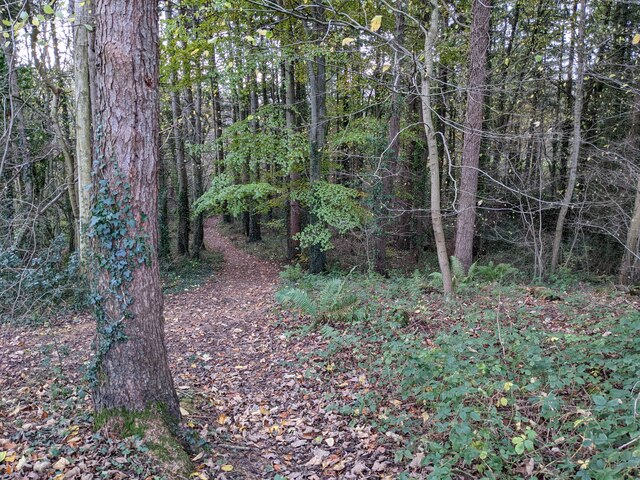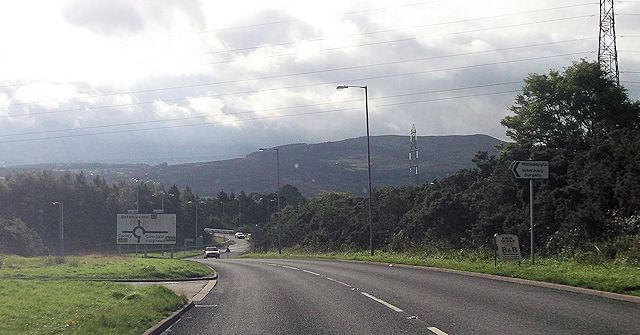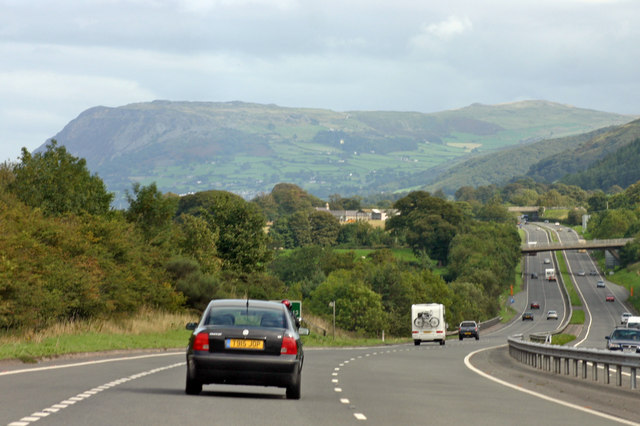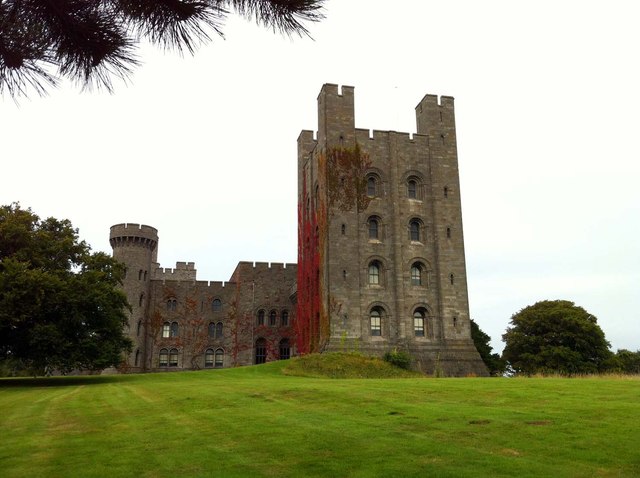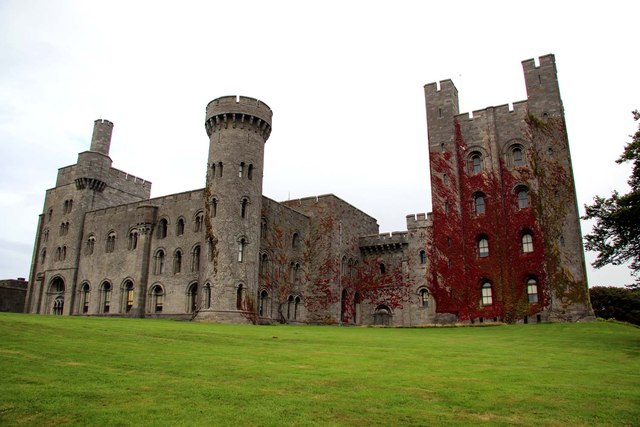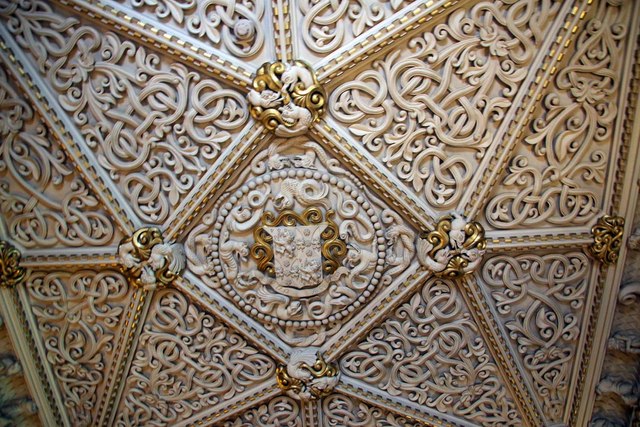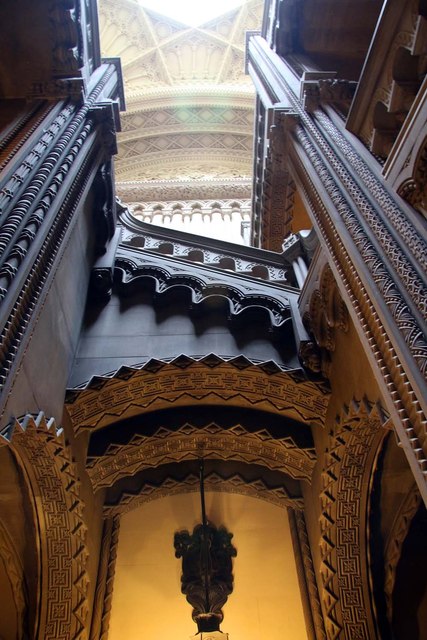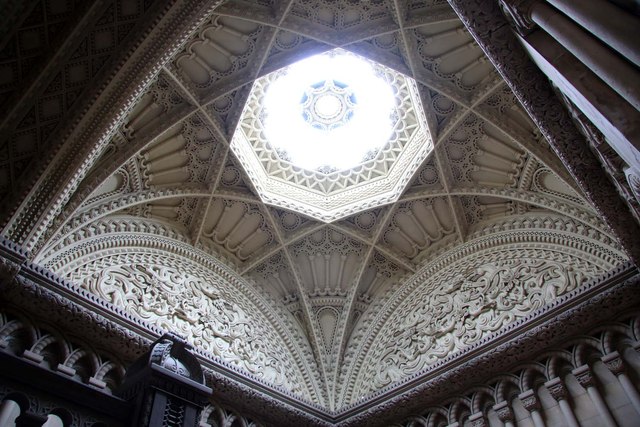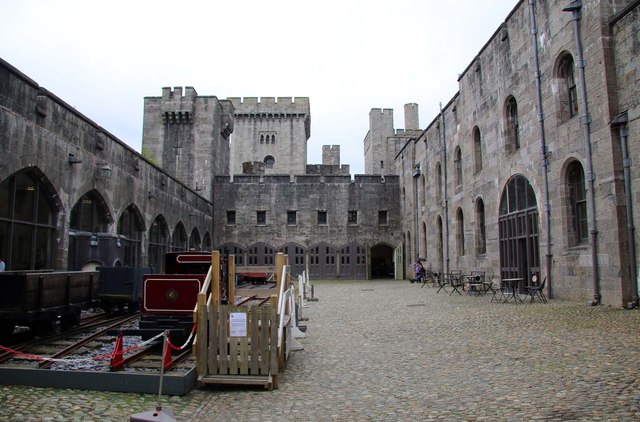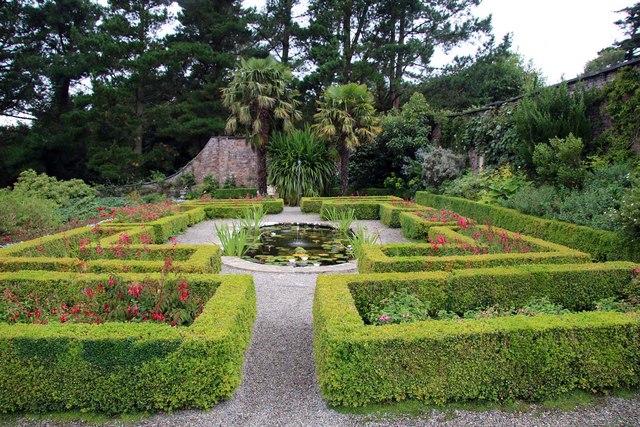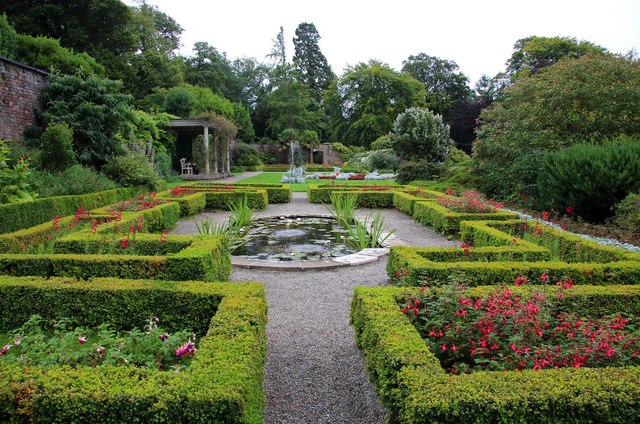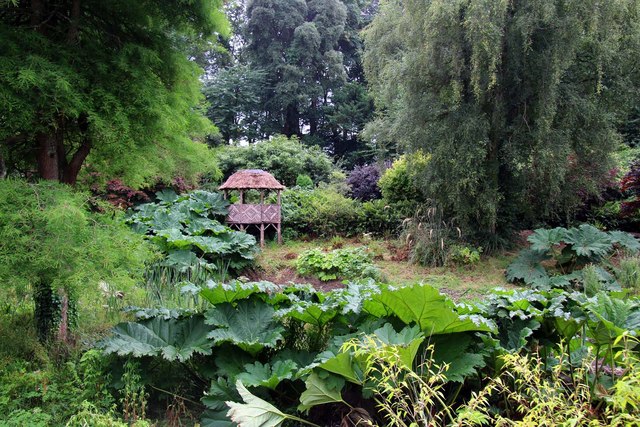Coed Ffridd-lâs
Wood, Forest in Caernarfonshire
Wales
Coed Ffridd-lâs
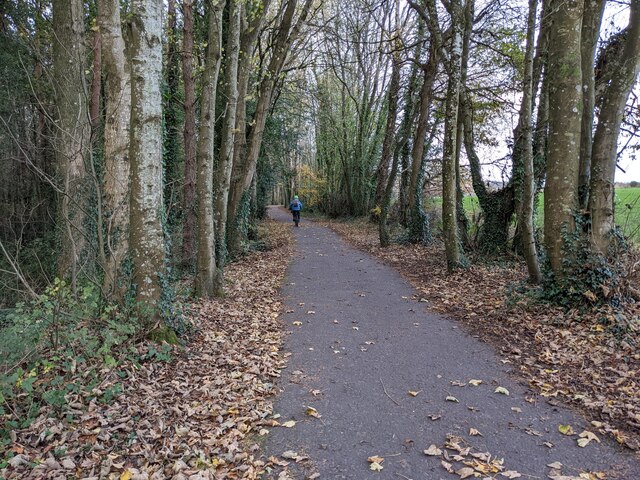
Coed Ffridd-lâs is a picturesque woodland located in Caernarfonshire, Wales. Spanning over a vast area, this enchanting forest offers visitors a tranquil and immersive experience in a natural setting.
The woodland is characterized by its diverse range of tree species, including oak, pine, beech, and birch, which create a rich and varied landscape. The dense foliage provides a haven for a wide array of wildlife, making it a popular destination for nature enthusiasts and birdwatchers alike.
Trails wind through the forest, allowing visitors to explore its hidden corners and discover its hidden gems. The paths are well-maintained, making it accessible for walkers of all abilities. Along the way, hikers can encounter babbling brooks, small waterfalls, and peaceful clearings, providing opportunities for serenity and reflection.
Coed Ffridd-lâs is also home to a number of ancient ruins and historical sites, adding a touch of intrigue to the woodland. These remnants from the past offer glimpses into the area's rich history and cultural heritage.
For those seeking adventure, the forest provides opportunities for outdoor activities such as mountain biking and horseback riding. The dense vegetation and undulating terrain make it an exciting playground for thrill-seekers.
The natural beauty and tranquility of Coed Ffridd-lâs make it a cherished destination for locals and tourists alike. Its diverse ecosystem, rich history, and recreational opportunities make it a must-visit destination for anyone seeking a connection with nature.
If you have any feedback on the listing, please let us know in the comments section below.
Coed Ffridd-lâs Images
Images are sourced within 2km of 53.219153/-4.1217785 or Grid Reference SH5871. Thanks to Geograph Open Source API. All images are credited.




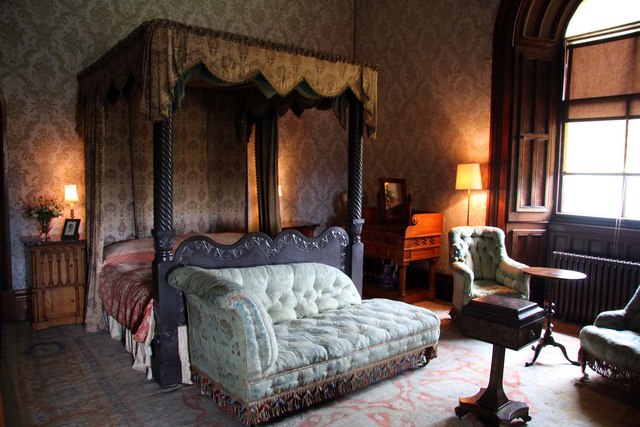
Coed Ffridd-lâs is located at Grid Ref: SH5871 (Lat: 53.219153, Lng: -4.1217785)
Unitary Authority: Gwynedd
Police Authority: North Wales
What 3 Words
///handfuls.safely.frightens. Near Bangor, Gwynedd
Nearby Locations
Related Wikis
Maesgeirchen
Maesgeirchen is a large housing estate on the edge of the city of Bangor in Gwynedd, north-west Wales, with roughly 4,000 inhabitants. It is the third...
Minffordd Hospital
Minffordd Hospital (Welsh: Ysbyty Minffordd) was a health facility in Bangor, Gwynedd, Wales. It was managed by the Betsi Cadwaladr University Health Board...
Hendre (Bangor electoral ward)
Hendre is one of eight electoral wards in the city of Bangor, Gwynedd, Wales. The ward covers part of the city south of the city centre, including West...
Deiniol (electoral ward)
Deiniol is one of eight electoral wards in the city of Bangor, Gwynedd, Wales, electing councillors to the city and county councils. == Description... ==
Farrar Road Stadium
Farrar Road Stadium was a multi-purpose stadium in Bangor, Wales. The site of the ground is now covered by an Asda supermarket. From 1920, the year it...
Bangor Mountain
Bangor Mountain (Welsh: Mynydd Bangor) is a scarp face of a hill below which the city of Bangor in Gwynedd, Wales, sits.Though not a mountain in the true...
Bangor Cathedral
Bangor Cathedral (Welsh: Eglwys Gadeiriol Bangor) is the cathedral church of Bangor, Gwynedd, Wales. It is dedicated to its founder, Saint Deiniol. The...
Bangor railway station (Wales)
Bangor railway station serves the city of Bangor, Gwynedd; it is operated by Transport for Wales. The station, which is 24+3⁄4 miles (40 km) east of Holyhead...
Nearby Amenities
Located within 500m of 53.219153,-4.1217785Have you been to Coed Ffridd-lâs?
Leave your review of Coed Ffridd-lâs below (or comments, questions and feedback).
